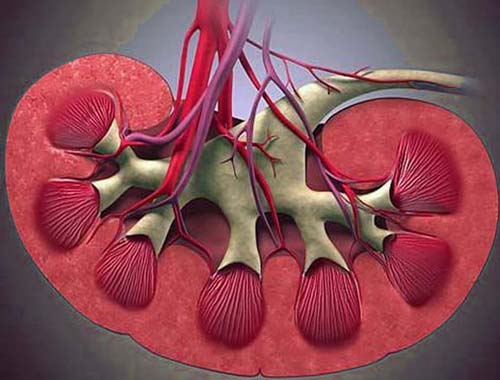Hemolytic Uremic Syndrome (HUS)
Hemolytic uremic syndrome (HUS) is a condition that results from the abnormal premature destruction of red blood cells. Once this process begins, the damaged red blood cells start to clog the filtering system in the kidneys, which may eventually cause the life-threatening kidney failure associated with hemolytic uremic syndrome. Most cases of hemolytic uremic syndrome develop in children after several days of bloody diarrhea due to infection with a certain strain of Escherichia coli (E. coli). Adults also may develop hemolytic uremic syndrome after an E. coli infection, but more often the cause is obscure or even unknown. Hemolytic uremic syndrome is a serious condition, but getting timely and appropriate treatment leads to a full recovery for most people, especially young children. Characterized by microangiopathic hemolytic anemia, thrombocytopenia, and nephropathy. Most cases are in children and are related to epidemic gastroenteritis caused by verotoxin-producing Escherichia coli. Seen in adults in a sporadic form, which is difficult to distinguish from thrombotic thrombocytopenic purpura (TTP). Can result in renal failure or renal insufficiency necessitating dialysis, or renal transplant if irreversible renal failure. Adequate hydration important to minimize renal damage. Avoidance of antibiotics, antimotility agents, narcotic opioids, nonsteroidal anti-inflammatory drugs, and platelet transfusions is advised. Plasma exchange is used in adults and cases of sporadic and secondary HUS. Anemia can be treated with red cell transfusion. Calcium-channel blockers are preferred for treatment of hypertension.
